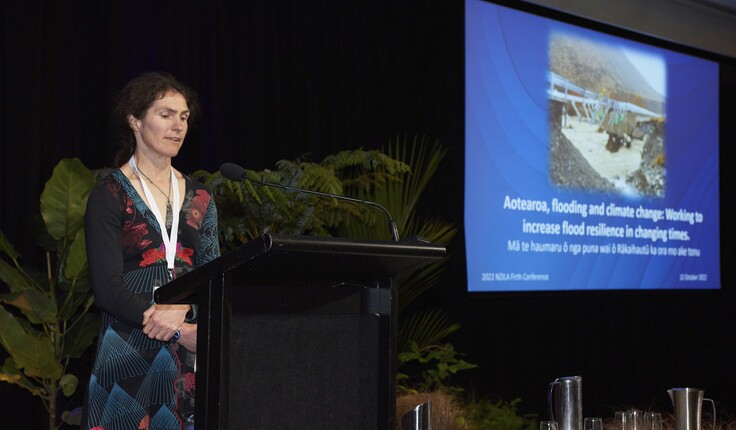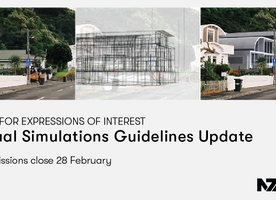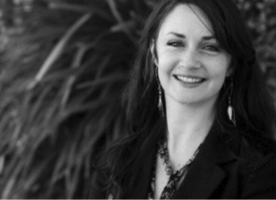News
Aotearoa Flooding and Climate Change
Posted 09 11 2022
in News

Watch Video
As the COP27 Climate Change talks get underway in Egypt this week, a solemn warning has been issued.
United Nations Secretary General Antonio Guterres has told the opening session of the summit that world leaders face a stark choice: work together now to cut emissions or condemn future generations to climate catastrophe.
His speech comes at the beginning of two weeks of talks on how to avert the worst of climate change. "Humanity has a choice: cooperate or perish," he said.
Three weeks ago at the 2022 NZILA Firth Conference NIWA’s Dr Emily Lane presented a similarly sobering address which had a huge impact on delegates.
Dr Lane is a hydrodynamic scientist with a specific focus on natural hazards. She is actively researching tsunami, storm surge and flooding inundation. She is also leading Mā te haumaru ō te wai - an Endeavour programme focussed on understanding Aotearoa's flood inundation hazard and risk at a national level and using this to improve our resilience to flooding. She began her NZILA conference presentation by counting the cost of flooding events in Aotearoa New Zealand.
She told the audience that flooding is New Zealand's most common natural hazard and it's also our most expensive one.
“In 2020 the Insurance Council of New Zealand said that it was actually our most expensive year ever. There were over $250 million worth of claims that were made on weather related hazards and over $160 million of them were in flooding. Then the next year to 2021, there were over $300 million in weather related and over $250 million in flooding alone. And this year, just counting up to July, they're already over $230 million in weather related hazards and over $100 million in flooding. And that's not even including the Nelson floods.”
She outlined the work she is doing and how she is trying to assess how climate change is affecting the risk of flooding and inundation, how climate change is altering rainfall patterns and how that may affect different parts of the country.
Dr Lane told the conference that floods are happening more and more frequently here in Aotearoa and landscape architects need to take notice.
“It's not just the climate that we're changing that can affect flooding. There are other ways that we can change our flooding hazard. And I thought I'd chuck these in because you are landscape architects. If you don't remember anything else of my talk, remember this “impervious surfaces.”
“If you've got surfaces that the water just runs off and it can soak in, you're making flood hazard worse .. It's not soaking in.”
But, she says, if you have places where it can soak in it can change the risks. “There are ways that we can actually change our flood hazard by ensuring that we're keeping these pervious surfaces, wetlands and natural sponges.”
You can see Dr Lane’s entire presentation in the video below.
17 Jan
Call for interest: updating the Visual Simulation Guidelines

Expressions of interest welcome
Ngā mihi o te tau hou | Happy new year! We have an exciting opportunity for members to kick off …
19 Dec
Meri Kirihimete

The team is taking a break for the festive season! We'll all be out of the office from 20 December, …
19 Dec
President's Update December 2024

Kia ora koutou, Here we are at the end of 2024. It’s been a busy and challenging year in many …
Events calendar
Full 2025 calendar